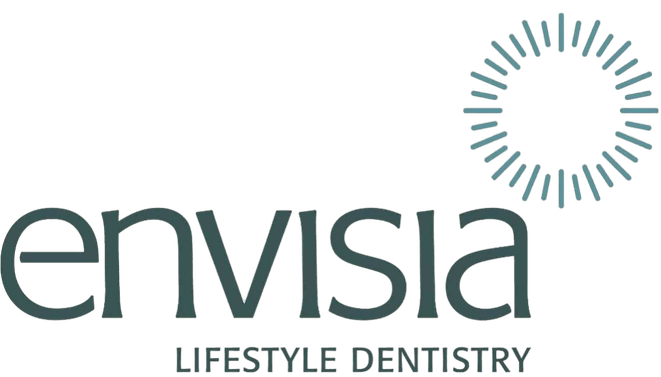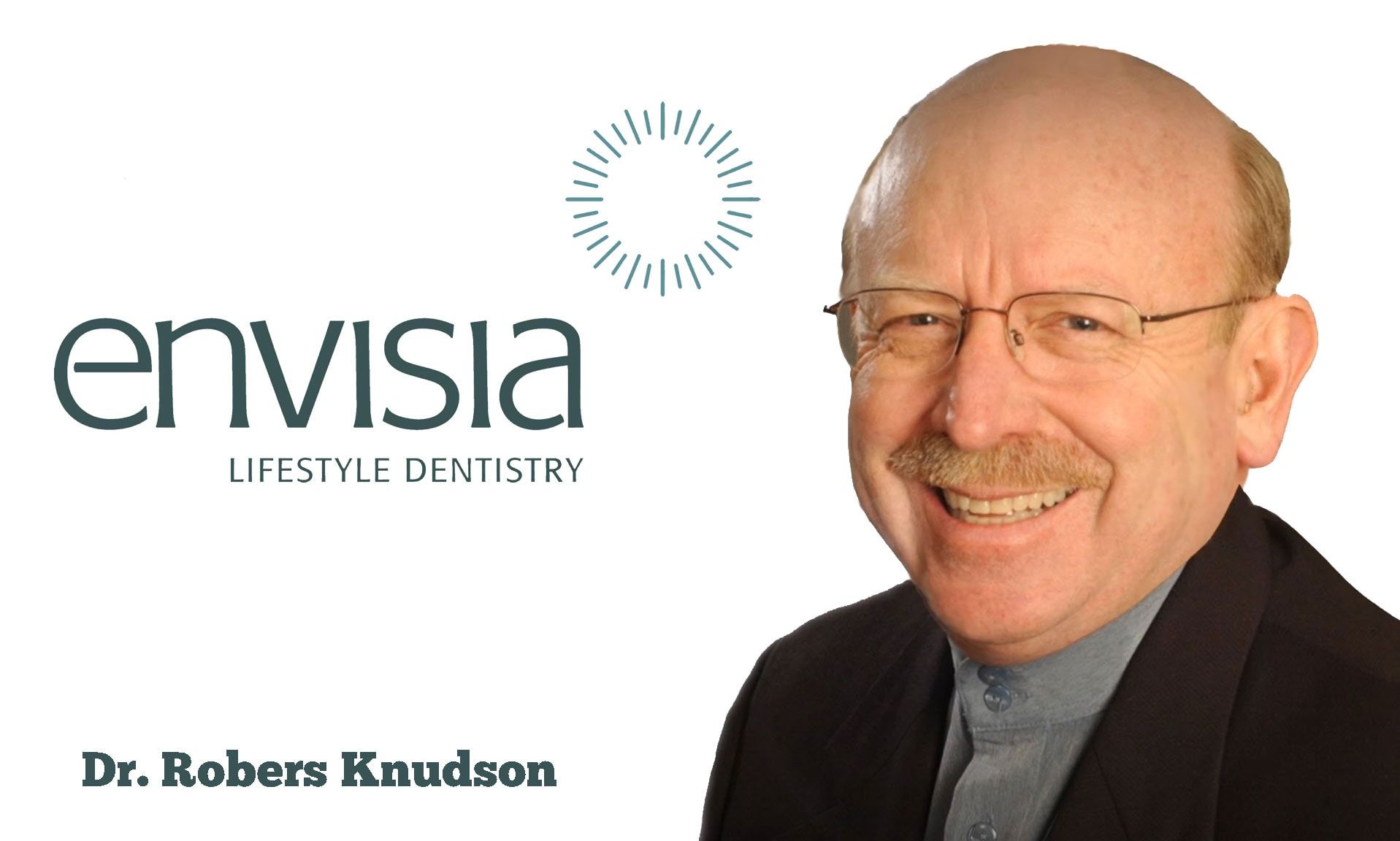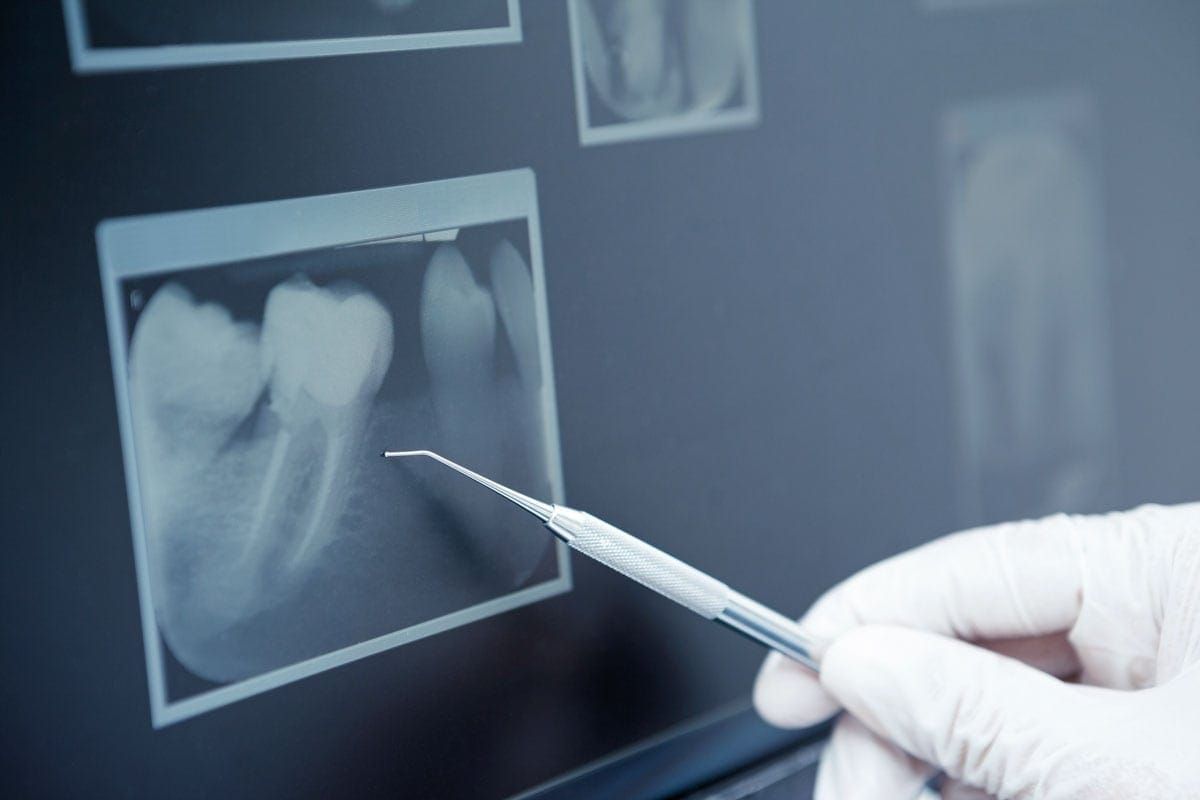Red LED Christmas Lights and Your Teeth
Will the holiday season among us, red LED lights are everywhere, not just on Christmas trees but also in the realm of dental health. This might sound like an unusual pairing, but there's an interesting link between red LED lights and dental health, as highlighted by recent online advertising.
You may have seen those ads for ball caps with red LED lights, claiming to rejuvenate thinning hair. While this application of red light has some basis in science, our focus here veers towards a different use: dental health.
A peculiar ad currently making rounds online suggests a novel way to combat gum disease – using a mouthpiece embedded with red LED lights, claiming it can cure gum issues without a dentist's intervention. If such a device were truly effective, wouldn't we see them in every dental clinic?
The connection lies in the biological effects of specific red light frequencies. Scientific studies reveal that red light can stimulate mitochondria in cells, increasing ATP production. ATP is the fuel cells use for various activities, and this process is particularly beneficial in orthodontics. By activating the cells involved in bone healing, red light therapy can accelerate the movement of teeth during orthodontic treatments, a technique initially used for hastening the repair of broken bones.
However, it's essential to consider the broader implications. The cells targeted by this therapy are closely related to white blood cells – our body's defenders against infection. In the context of dental health, an overactive immune response, often triggered by these cells, can lead to the breakdown of the gums' attachment to teeth.
Periodontal disease, for instance, is caused by an immune system overreaction to bacteria around the teeth, leading to persistent inflammation until the bacteria are removed.
So, while the concept of using red LED lights, akin to those festive Christmas decorations, for dental health is intriguing, it's crucial to approach such claims with caution. If a breakthrough like this were indeed validated, it might just change our approach to dental care, potentially replacing traditional methods. But for now, the age-old advice of regular dental care holds strong.







